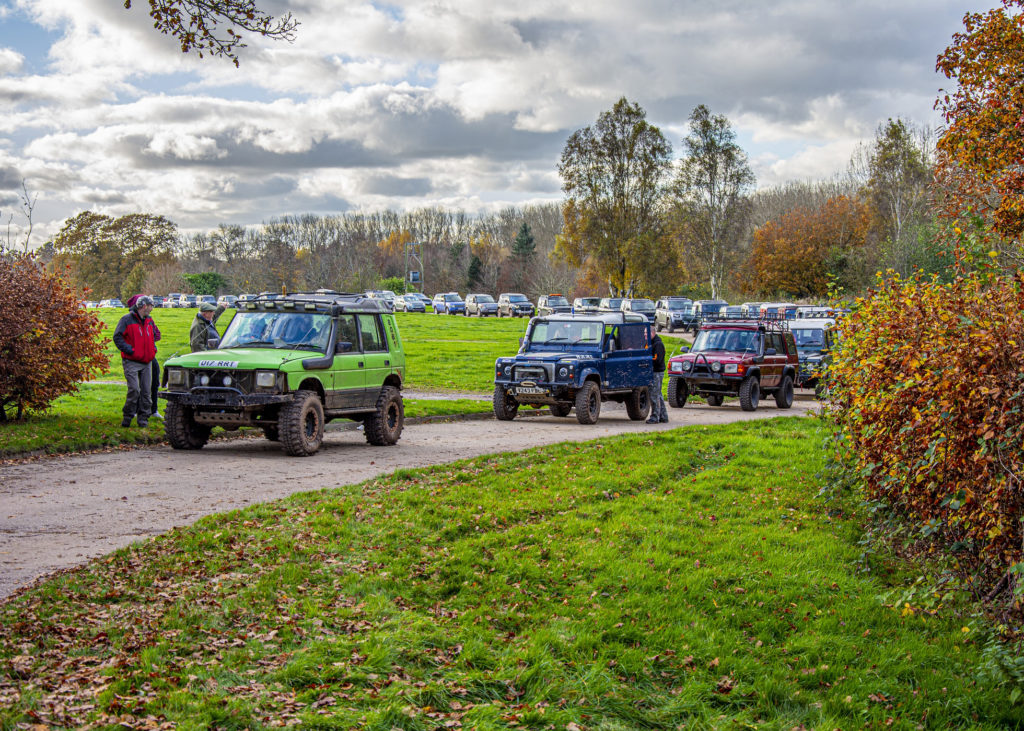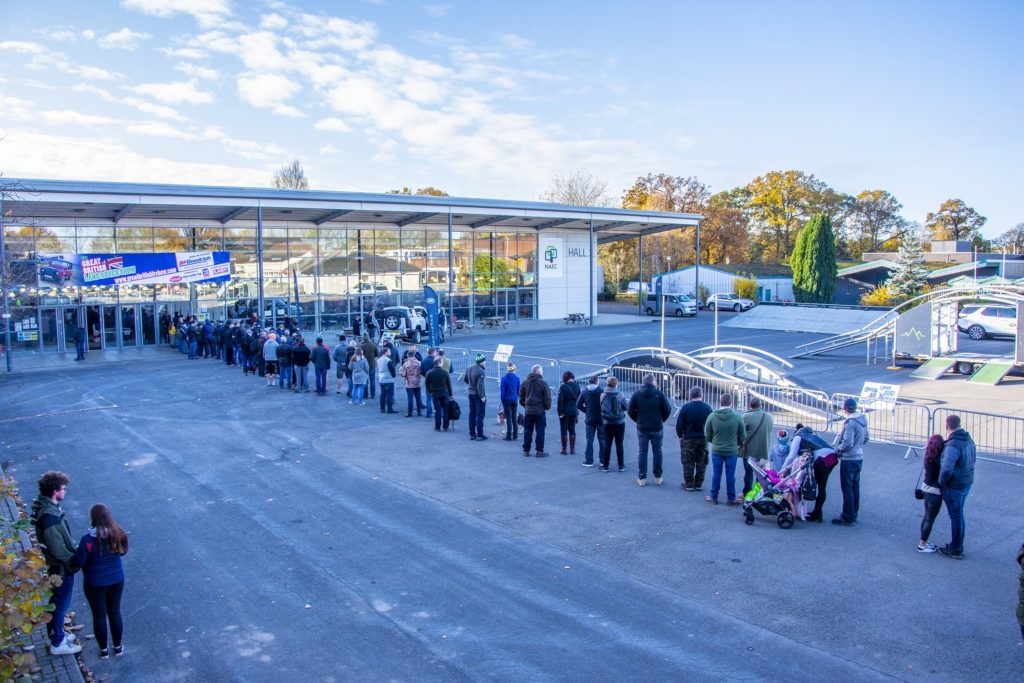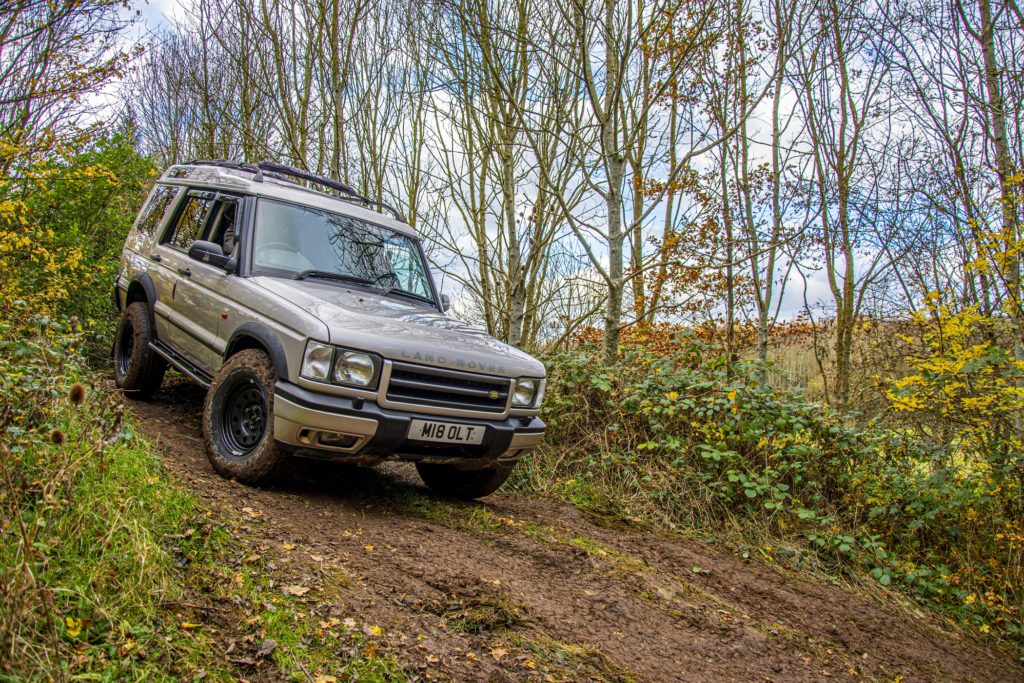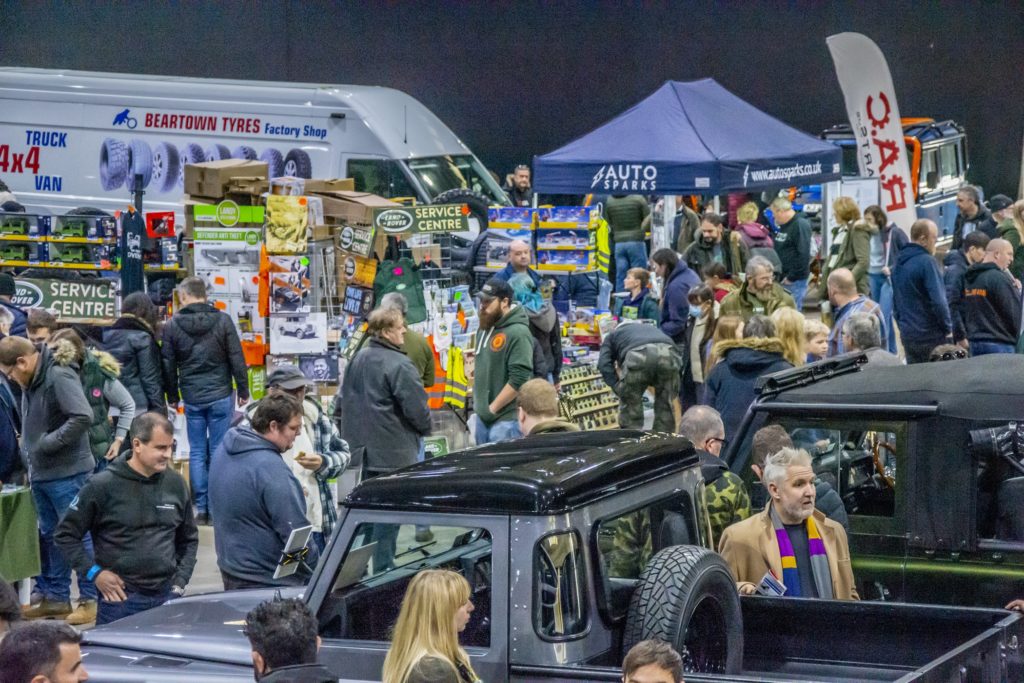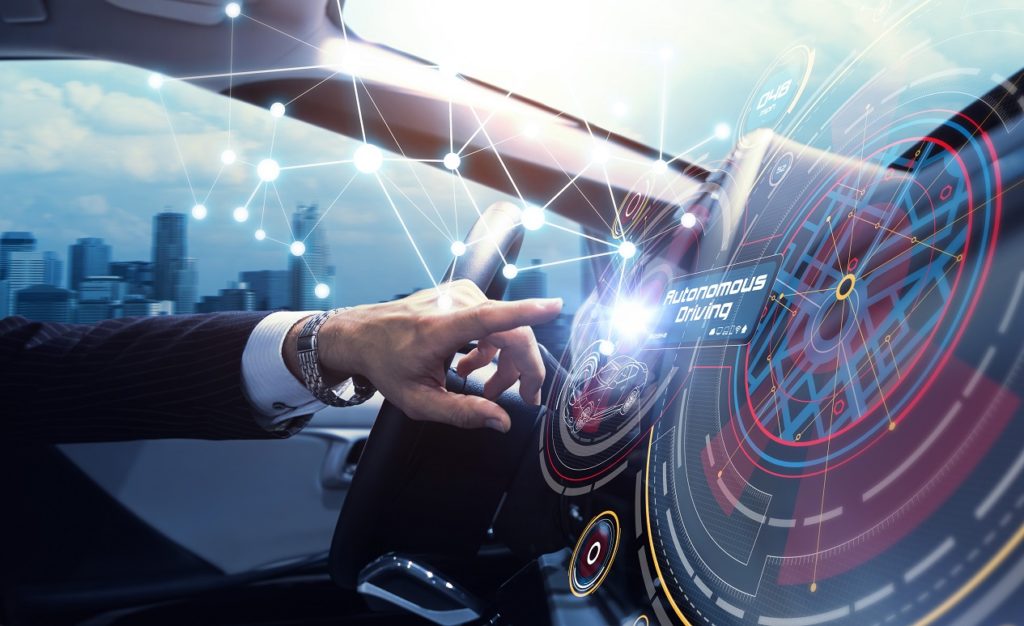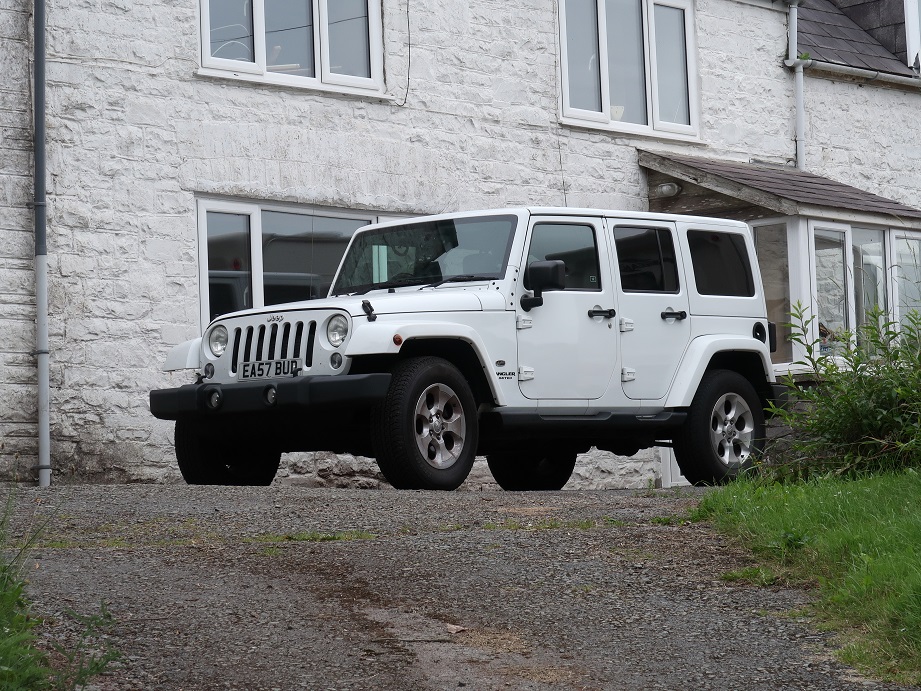For many years, the Great British Land Rover Show has been seen as the perfect way to bring down the curtain on the season. After missing out in 2020, the autumn extravaganza was back in 2021 – when it set new records by attracting the biggest attendance in its illustrious history.
And now there’s a second Great British Land Rover Show, too. This one is hosted by Newark Showground – and it’s timed to get the season off to a perfect start.
The date for the Newark show is 1 May – and it’s going to be a must for every Land Rover owner and enthusiast!
The springtime Great British Land Rover Show will have it all. Parts and accessories to buy, bespoke vehicle builds and eye-popping restorations… Land Rover toys and models, branded clothing and other merchandise… Specialist insurance providers, overland travel operators, tyre and exhaust specialists… If you’ve got a Land Rover and you’re looking for more or less anything to do with it, you’ll find it at Newark on 1 May!
The show is supported by Headline Sponsor BFGoodrich Tires, Terrafirma, Paddock Spares and The Landy. In addition, the All Wheel Drive Club will be running a special 2.4-mile off-road course which visitors will be able to experience in their own vehicles.
The show’s off-road route is always a smash hit at Stoneleigh in November, and Newark is set to be no different. The course has several levels of difficulty, making it suitable for all levels of driver ability and experience – and for every kind of Land Rover, from Series Is to new Range Rovers and everything in between. Marshals from the AWDC will be on hand with advice on driving techniques – and, should that not be enough, a handy tow rope!
The organisers recommend that you buy your tickets in advance for the off-road course, both to avoid disappointment and to be able to select your preferred start time.
The same goes for the display apparatus erected by the Land Rover Experience, on which you can take a passenger ride in the latest Land Rover vehicles with the company’s expert instructors at the wheel.
With intense inclines, dramatic descents, sideways tilts and more, the Experience’s Dynamic Display Equipment, which was designed to showcase the technology and capabilities of all the company’s vehicles, demonstrates their capabilities in various different ways and always makes a popular addition to any show. It was a huge hit at Stoneleigh last November – and you can be sure the same will be the case at Newark in May!
Tickets for the Great British Land Rover Show, at Newark Showground on 1 May, cost £15 on the day – or just £7.50 in advance. You can get them by visiting gblandrovershow.co.uk – mark the date in your diary now!



